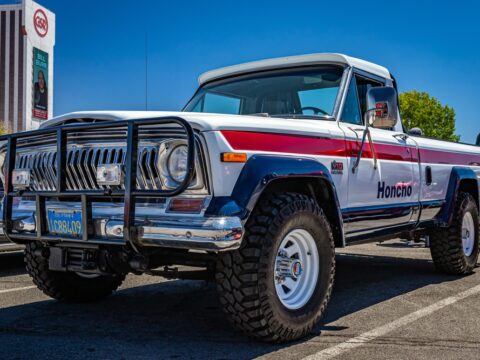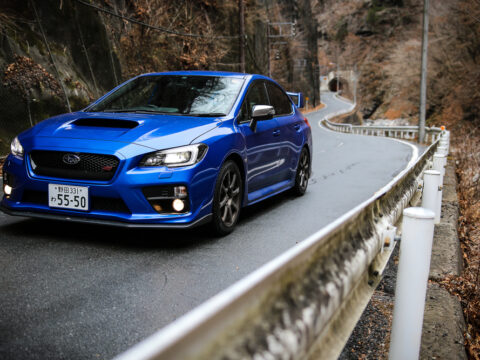From the daring feats of early aviators to the cutting-edge advancements in modern aerospace technology, the history of aviation is replete with remarkable achievements that have pushed the boundaries of what’s possible in the skies. In this article, we explore 10 of the most amazing aviation world records that stand as testaments to human ingenuity, courage, and the relentless pursuit of progress. These records range from breathtaking speeds and altitudes to groundbreaking journeys and innovations.
Contents
Fastest Airspeed Recorded by an Aircraft (Lockheed SR-71 Blackbird, 1976)
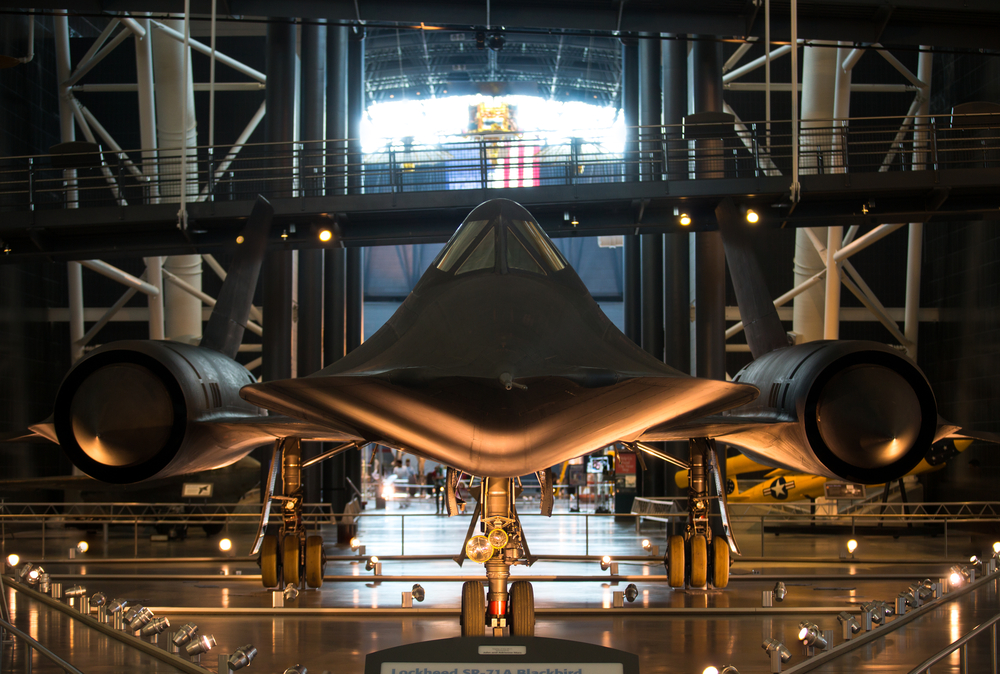
On July 28, 1976, the Lockheed SR-71 Blackbird set the world record for the fastest airspeed ever recorded by a manned air-breathing jet aircraft. Piloted by Captain Eldon W. Joersz and Major George T. Morgan, the aircraft reached a staggering speed of 2,193.2 mph (3,529.6 km/h). The Blackbird was a long-range reconnaissance aircraft developed for the United States Air Force, and this record remains unbroken, underscoring the remarkable engineering and performance of this aircraft.
First Non-Stop Solo Transatlantic Flight (Charles Lindbergh, 1927)
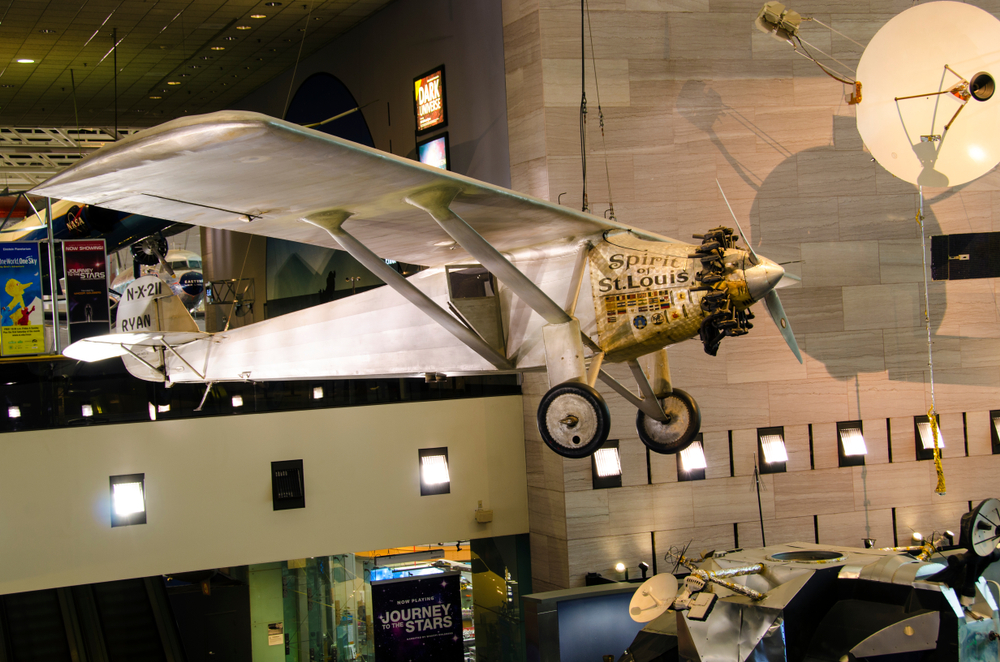
On May 20-21, 1927, Charles Lindbergh made the first solo non-stop transatlantic flight in history. He flew from Roosevelt Field in New York to Le Bourget Field in Paris, covering a distance of about 3,600 miles (5,800 km) in 33.5 hours. This historic flight in the Spirit of St. Louis, a custom-built, single-engine monoplane, marked a monumental achievement in aviation and captured the world’s imagination.
First Supersonic Flight (Bell X-1, 1947)
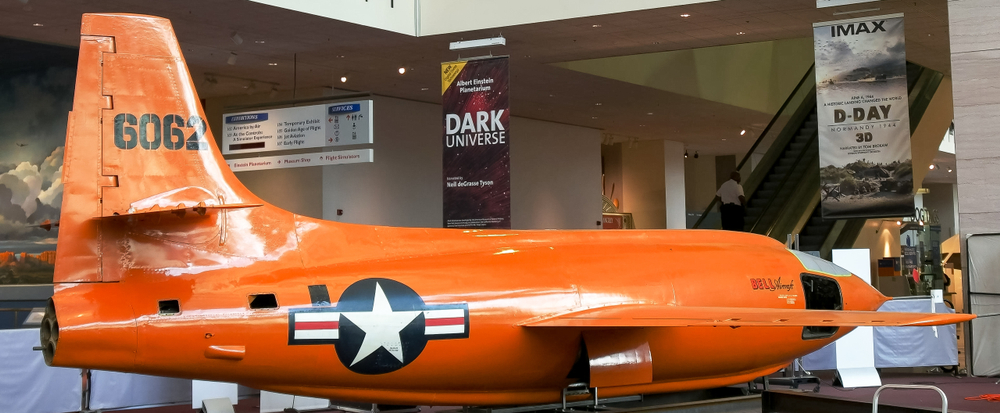
On October 14, 1947, the Bell X-1, piloted by Chuck Yeager, became the first aircraft to break the sound barrier in level flight. Flying at an altitude of 45,000 feet (13,700 m), the X-1 reached a speed of Mach 1.06 (700 miles per hour, 1,127 km/h). This historic flight over the Mojave Desert marked a significant milestone in aviation history, paving the way for future supersonic and hypersonic aircraft development.
Highest Altitude Reached by a Commercial Airliner (Concorde, 1979)
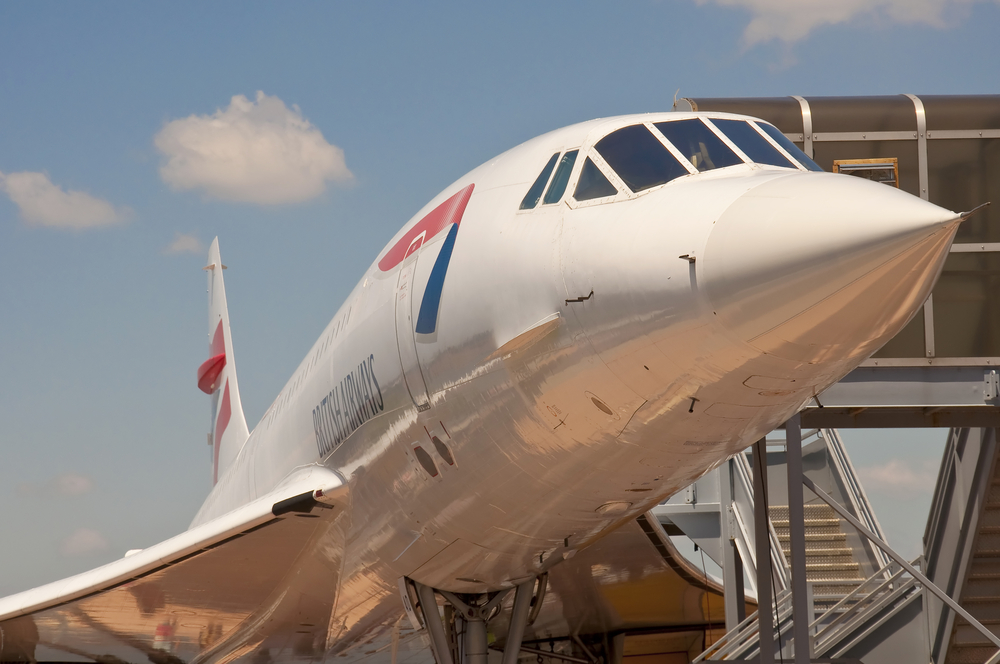
On February 7, 1979, a British Airways Concorde set a record for the highest altitude reached by a commercial airliner, flying at 60,000 feet (18,288 meters). This remarkable feat was not only a testament to the aircraft’s engineering but also provided passengers with a unique view of the Earth’s curvature and the darkness of space, highlighting the Concorde’s capabilities as a supersonic passenger jet.
Longest Non-Stop Flight by a Commercial Airplane (Qantas, 2019)
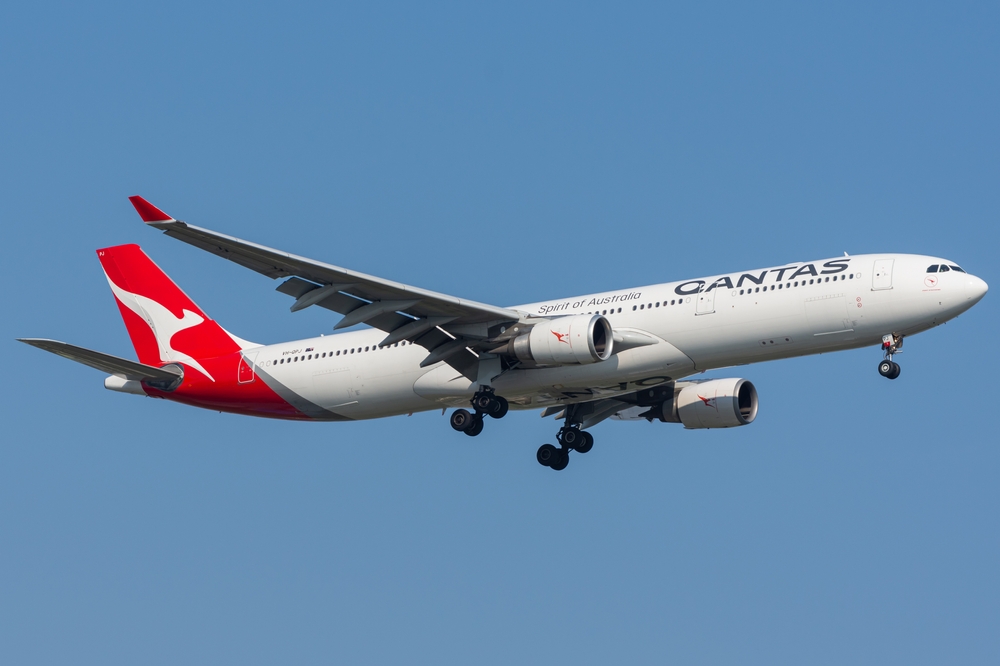
In October 2019, Qantas Airways completed the longest non-stop commercial passenger flight, flying from New York to Sydney in 19 hours and 16 minutes. The Boeing 787-9 Dreamliner covered a distance of 10,200 miles (16,200 km) without refueling. This flight was part of Project Sunrise, Qantas’ initiative to operate ultra-long-haul flights between Australia and cities such as London and New York.
First Solo Flight Around the World (Wiley Post, 1933)
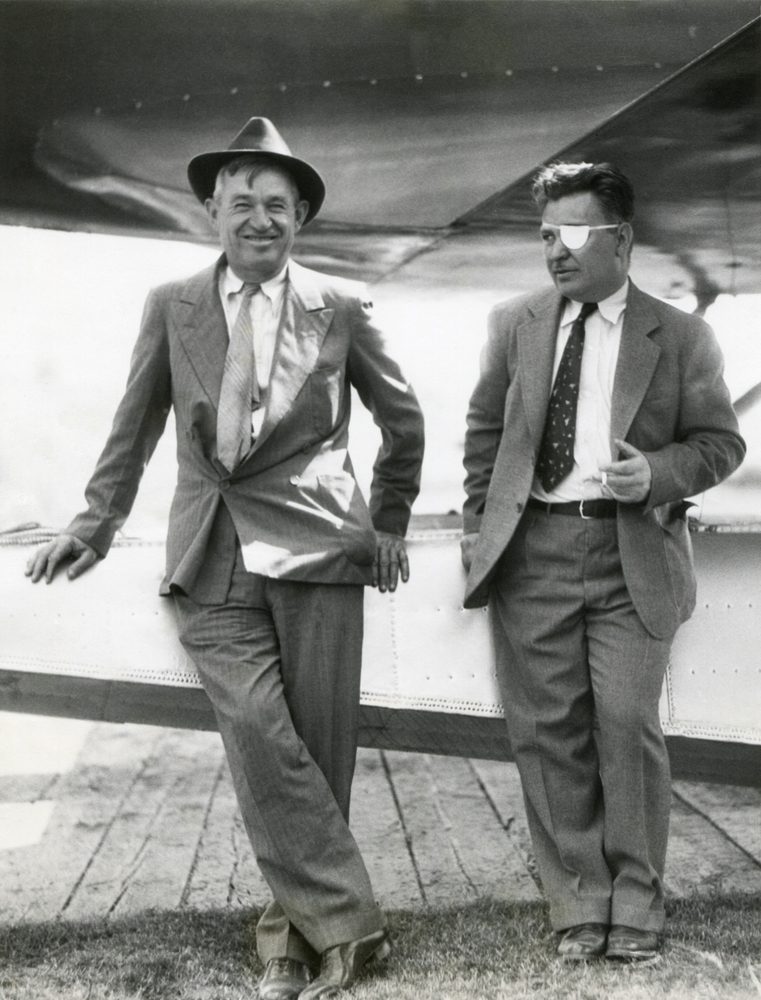
Wiley Post became the first person to fly solo around the world in 1933. He completed the journey in 7 days, 18 hours, and 49 minutes, flying a Lockheed Vega named “Winnie Mae.” This record-setting flight started and ended at Floyd Bennett Field in New York, demonstrating the possibilities of long-distance solo flight and advancing navigation technologies.
Highest Skydive (Felix Baumgartner, 2012)

On October 14, 2012, Austrian skydiver Felix Baumgartner set the world record for the highest skydive, jumping from a helium balloon in the stratosphere at an altitude of 128,100 feet (39,045 meters). During the jump, he also became the first person to break the sound barrier without vehicular power, reaching a top speed of Mach 1.25. This feat was part of the Red Bull Stratos project, which aimed to advance our understanding of human limits and high-altitude survival.
Largest Aircraft by Wingspan (Stratolaunch, 2019)

The Stratolaunch aircraft, which first flew in April 2019, holds the record for the largest wingspan of any aircraft. The wingspan measures a colossal 385 feet (117 meters), surpassing the previous record-holder, the Hughes H-4 Hercules. Designed for air-launching rockets into space, the Stratolaunch represents a significant step in aerospace innovation and the potential for new methods of satellite deployment.
Most Passengers on an Aircraft (El Al Boeing 747, 1991)
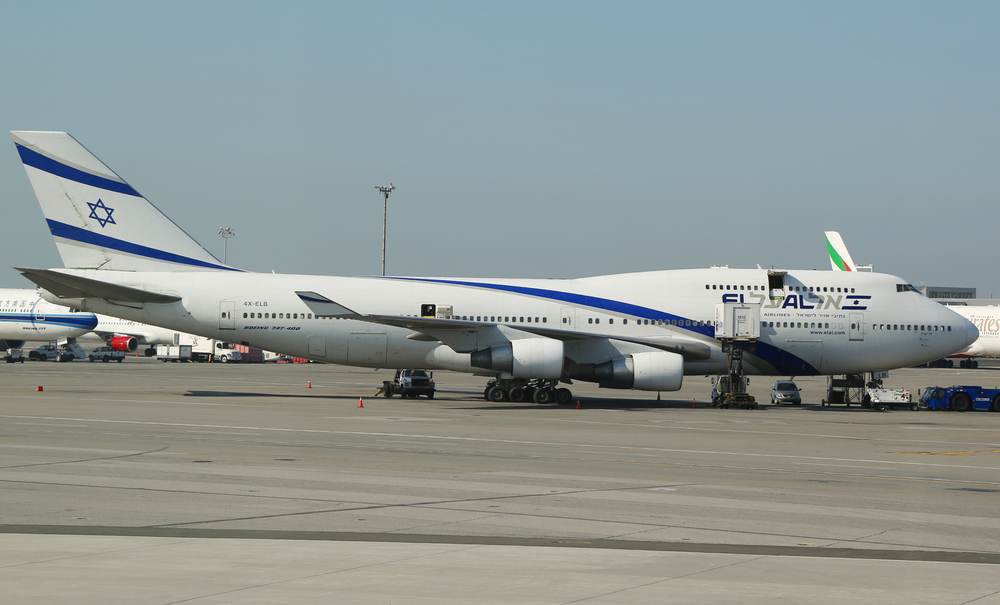
In 1991, an El Al Boeing 747 set the world record for the most passengers on an aircraft during Operation Solomon – a covert Israeli military operation to airlift Ethiopian Jews to Israel. The plane carried 1,088 passengers – a record that included two babies born during the flight. This incredible feat was not only a record-breaker but also a significant humanitarian and logistical accomplishment.
First Solar-Powered Flight Around the World (Solar Impulse 2, 2015-2016)

The Solar Impulse 2, piloted by Bertrand Piccard and André Borschberg, completed the first circumnavigation of the Earth by a piloted fixed-wing aircraft using only solar power. The journey lasted from March 2015 to July 2016, involving 17 stages and covering around 26,098 miles (41,985 km). This historic feat highlighted the potential of renewable energy sources in aviation, setting a new standard for environmentally sustainable travel.
This article originally appeared on MyCarMakesNoise.
More from MyCarMakesNoise
13 Japanese Cars To Stay Away From Buying

When considering your next vehicle purchase, it’s important to be aware of certain Japanese models that might not meet expectations in terms of reliability and performance. This guide explores Japanese cars, both new and used, that have been known for their various issues. Read More.
20 Questions You Need To Ask Your Car Dealer Before You Buy

Buying a car is a significant investment, and it’s crucial to gather as much information as possible before making a decision. To ensure you’re fully informed and confident with your purchase, here are essential questions to ask your car dealer. Read More.
23 Cars That Boomers Can`t Get Enough Of

Baby Boomers, a generation that has seen tremendous shifts in automotive design and technology, continue to have a significant impact on car buying trends today. They have a unique appreciation for cars, valuing both the classic models that hark back to their youth and the contemporary vehicles that offer the latest in efficiency and technology. Read More.

